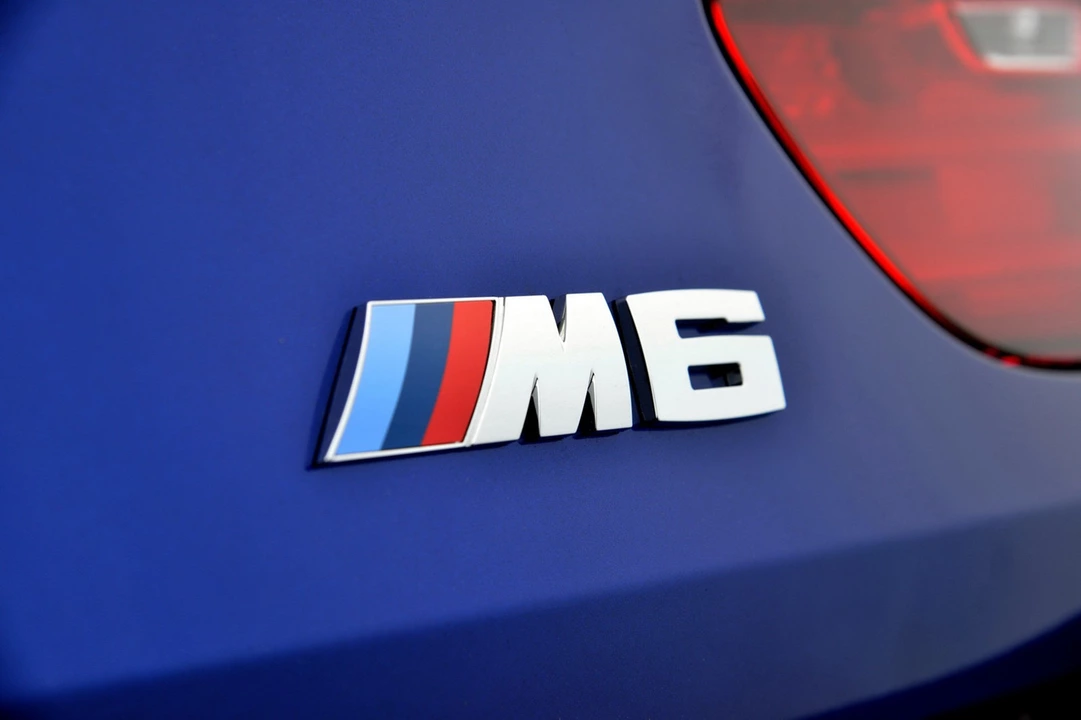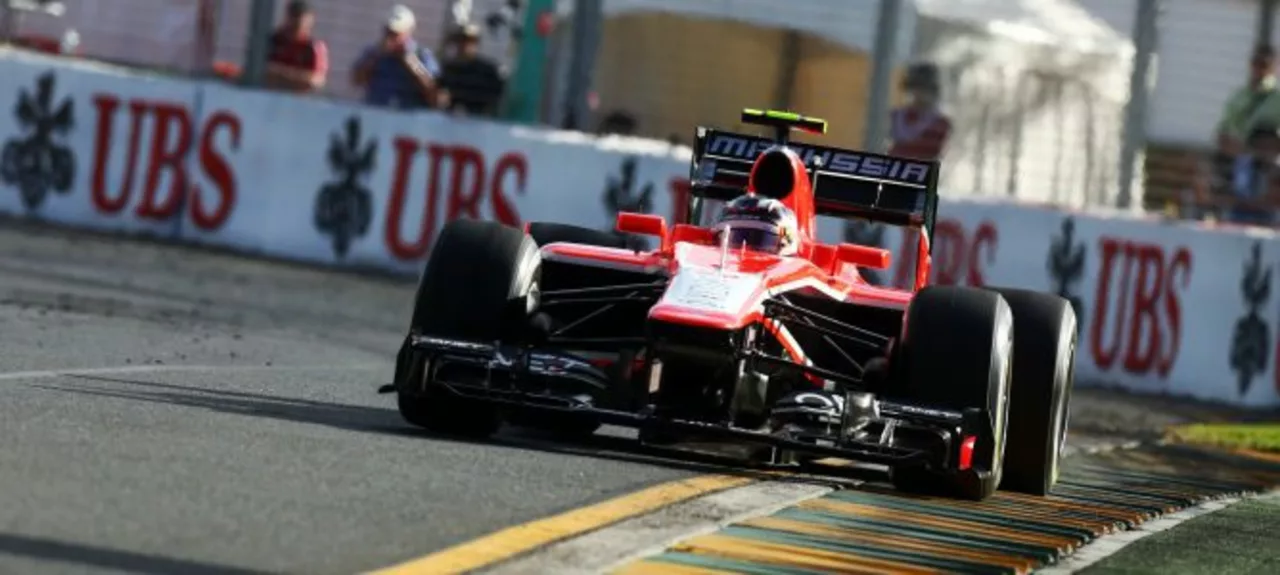May 2023 Archive – BMW M5 Insight & US Formula One Challenges
Welcome to the May 2023 roundup from MotoSport Action UK. This month we dug into two hot topics: the meaning behind the iconic "M" in the BMW M5 and the puzzling lack of American success in Formula One. Grab a coffee, and let’s break down what we shared.
What does the "M" stand for in the BMW M5?
Most people recognise the BMW M5 as a sleek, fast sedan, but many wonder what the solitary "M" actually means. It isn’t just a marketing gimmick – the "M" stands for Motorsport. BMW created the M division to showcase its racing pedigree, turning track tech into street‑ready performance.
When you step inside an M5, you’re getting more than a powerful engine. The chassis, suspension, and even the exhaust are tuned with racing DNA. That’s why the car feels alive on twisty roads – it’s built to handle the same stresses a race car endures on a circuit.
Fans love the M badge because it promises a blend of luxury and raw speed. It tells you the car is engineered for drivers who crave excitement, not just a quiet commute. If you ever hear a BMW rev and notice a distinctive growl, that’s the M division’s signature sound reminding you it’s built for performance.
Why are Americans so unsuccessful in Formula One?
Switching gears to the world of Formula One, you’ll notice far fewer American faces on the grid compared to European or South American drivers. One big reason is the cultural focus on other racing series. In the US, NASCAR and IndyCar dominate headlines, attracting both talent and sponsorship.
Because most young racers start their careers aiming for NASCAR or IndyCar, there’s less grassroots support for the open‑wheel path that leads to F1. Without a strong feeder system, American drivers often hit a ceiling before they even consider F1.
Financial backing also plays a massive role. European teams have long‑standing relationships with sponsors who are eager to tap into the global F1 audience. In contrast, US sponsors tend to invest where they see immediate returns – a high‑profile IndyCar race or a stock car series.
Media exposure matters too. While F1 has grown its US TV presence, especially after recent races in Austin and Miami, the sport still doesn’t capture the everyday American fan the way NFL or NASCAR do. Less exposure means less interest, which circles back to fewer young drivers aspiring to F1.
So, the combination of cultural preference, funding gaps, and limited media spotlight creates a tough environment for American drivers aiming for the pinnacle of open‑wheel racing.
That wraps up our May 2023 highlights. Whether you’re curious about the meaning behind the BMW M badge or wondering why US talent is scarce in Formula One, we’ve tried to give you clear, straight‑forward answers. Stay tuned for more motorsport deep dives next month!
What does the letter M stand for in BMW M5?
In the world of luxury automobiles, the BMW M5 holds a special place for car enthusiasts. The letter "M" in the BMW M5 stands for "Motorsport," signifying the brand's dedication to high-performance racing vehicles. BMW created the M series to showcase their expertise in engineering, design, and performance. These cars are specifically designed for those who crave speed, agility, and a thrilling driving experience. As a proud owner of a BMW M5, I can attest to the excitement and satisfaction that comes with driving a vehicle from this iconic Motorsport lineup.
Why are Americans so unsuccessful in Formula One?
As a blogger, I often wonder why Americans have been so unsuccessful in Formula One. After researching, I found that one major reason is the lack of a strong motorsports culture in the US. Additionally, the popularity of other racing series like NASCAR and IndyCar means that talented drivers often choose to pursue careers in these more familiar realms. Moreover, the lack of American Formula One teams and financial support makes it difficult for American drivers to break into the European-dominated sport. Lastly, the limited exposure of F1 in the US media further hinders the growth of interest and potential talent pool for Formula One.

